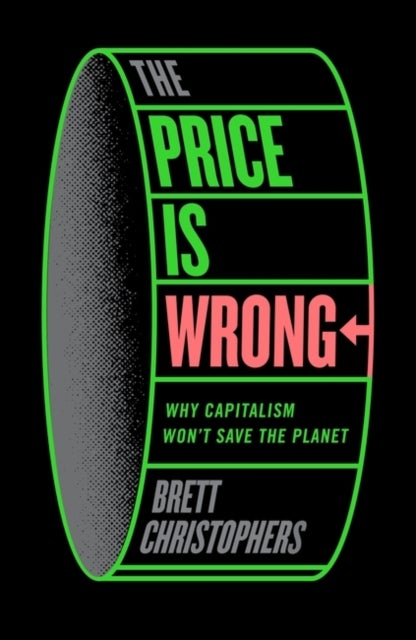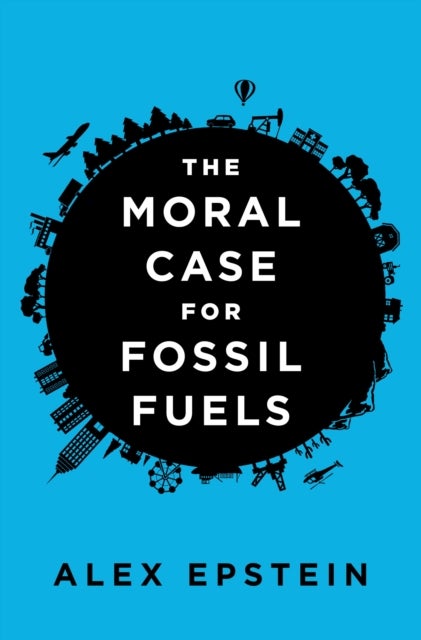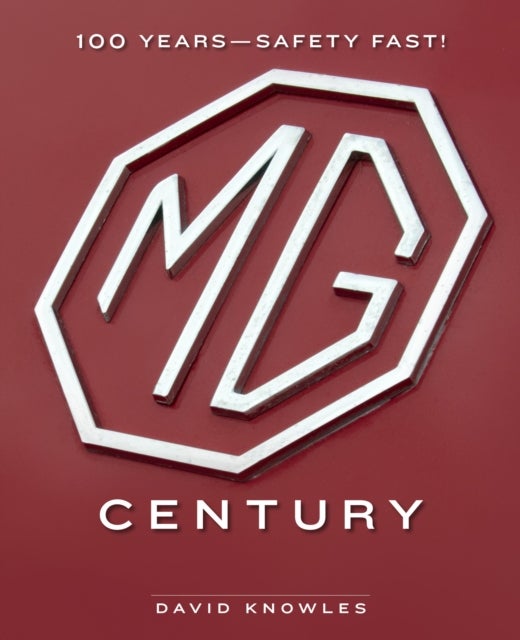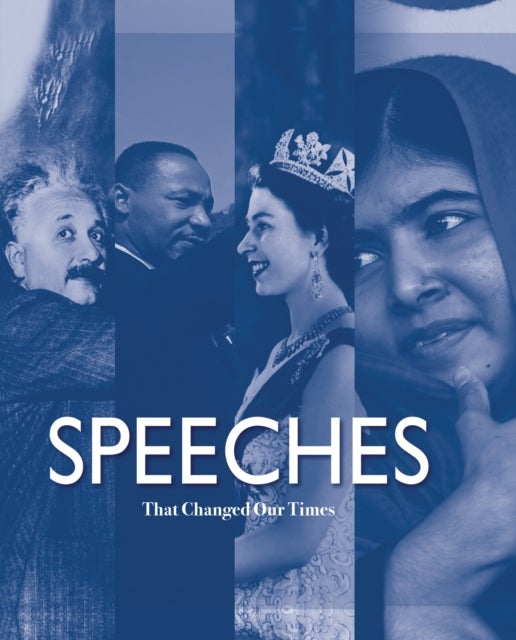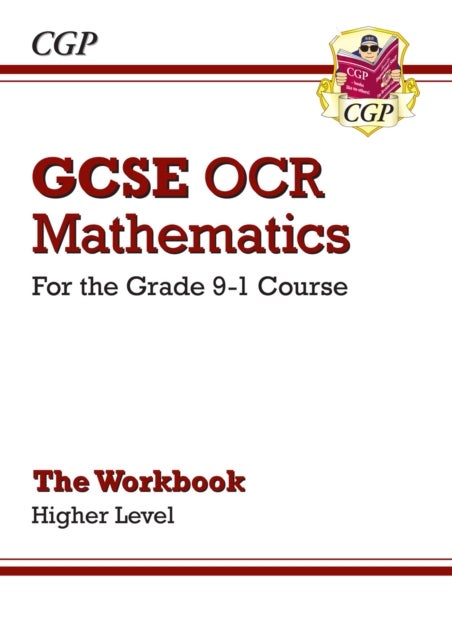
The Modern Lean Enterprise av Alexander Tsigkas
519,-
<p>The book addresses a modern reorientation of Lean, abandoning the classical waste dogma that brings direct efficiency gains and substituting by a way to achieving indirect efficiency in a continuous and sustainable manner. Waste is the output of a process that cannot be of further use, while value is a matter of valuation, a process whose output we conceive to be of further use. Value and waste are not antithetical, they are just not comparable issues. We achieve added value to the modern Lean Enterprise through synergies that bring sustainable economic benefits to the company. Such synergies use the complementarity theory developed by Milgrom and Roberts in 1990 on the principle that we can achieve maximal gains via the joint investment on complement activities and not investing. Complementarity is not something specific to Lean Enterprises; however, Lean Enterprises can benefit the most from such a concept. The reason is that Lean uses the principle of achieving more with less eff

